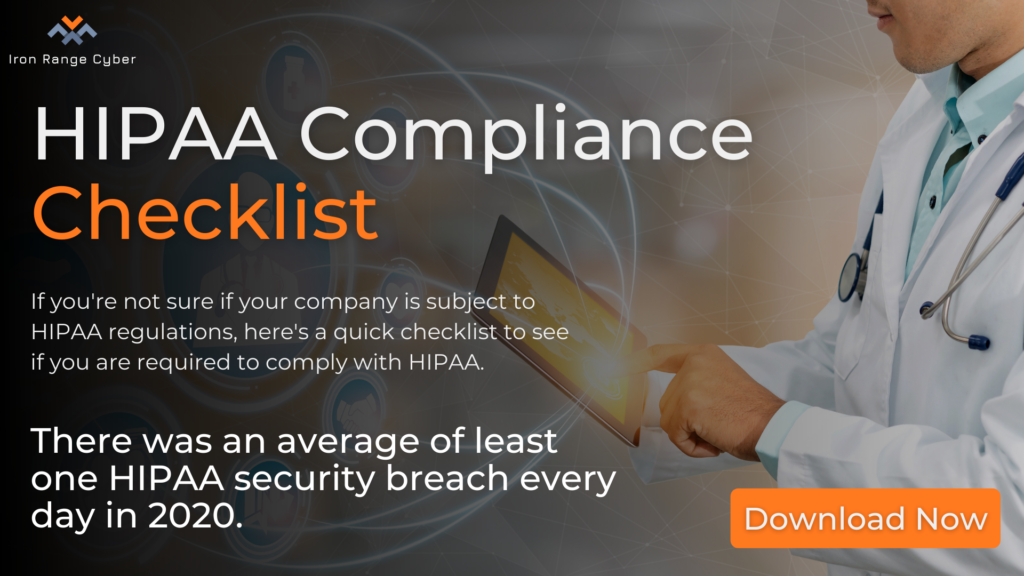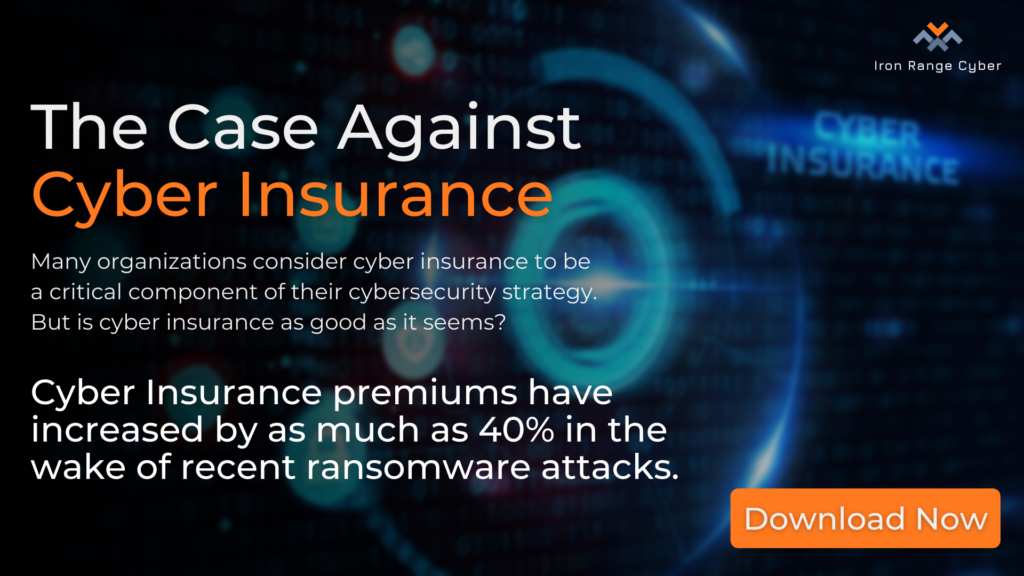Modern businesses rely on technology more than ever before. Their efficient operation is heavily dependent on online services, which won’t change in the foreseeable future. As a result, computer networks are expanding as businesses grow bigger and huge amounts of data are transferred daily across computer systems.
The expansion of your network comes with great responsibility, though. An inefficiently protected network faces several security risks that could leave you vulnerable to cyberattacks. Securing your business and your sensitive data from malicious activity is definitely not an easy task to achieve, but it’s crucial. Developing a network security plan that fits your business needs will help you defend against cyber threats and be ready in case of an attack.
In this article, you’ll understand what a network security plan is and why it’s crucial to have one. Also, you’ll find a guideline to help you create and implement it.
Why Do You Need a Network Security Plan?
A network security plan includes the measures a business takes to secure its network from malicious users and threats. The plan outlines the security requirements that will bring your organization’s protection to the highest level.
No matter the size of your organization, having an up-to-date, tailored to your needs network security plan must be a top priority. No plan can guarantee you absolute protection, but it’s important to implement it if it can prevent attacks or reduce the consequences of an attack.
Furthermore, a security plan will help you protect your data if an attack takes place, which is one of the most valuable and sensitive assets a business has.
The data your users share with your business must be kept safe and confidential, and it’s your business’s responsibility to see to it. Customer trust is the foundation of a healthy organization. Therefore network security, which encapsulates data security, is essential for business success.
Developing a Secure Network Plan
To secure your network efficiently, you need to focus on your hardware devices and your software applications. It would be best if you protected routers, computers, laptops, and other assets of your infrastructure. At the same time, you must ensure that your network connections are safe from unauthorized and potentially harmful traffic.
As you can tell, achieving all the above without exceeding your budget is a challenge.
Developing a plan will allow you to proactively manage security threats without breaking the bank. Below you’ll see what steps to follow to develop a comprehensive network security plan.
1. Determine Your Network Assets
It seems obvious, but the first step is to determine what exactly you have to secure. Network assets include operating systems, software applications, computers, routers, switches, firewalls, and the list goes on. Also, there are intangible assets like data or confidential business information. Making a list of your assets will aid you in visualizing what needs to be protected.
2. Perform a Risk Analysis
Understanding the weaknesses of your network is a very important step towards a successful security plan. Performing a risk analysis will help you identify and evaluate potential network risks.
The analysis aims to:
- Find potential network vulnerabilities
- Find unwanted background processes that could exploit your network
- Detect unwanted open ports on your connection that can provide an entry point for attackers to the application
- Check the ability of firewalls and antivirus programs to handle threats and attacks
- Determine the encryption level of your network
The deliverable of this step is a report that offers a summary of the organization’s network infrastructure and details the weaknesses that have been found. Also, the report should suggest countermeasures to these weaknesses like upgrading an application or investing in new assets.
3. Evaluate Security Requirements
The requirements evaluation takes into consideration the risks and the assets from the two previous steps. It determines what are your most important and most vulnerable assets so that you can decide where to focus your efforts.
Your final selection should be in accordance with your security budget. You most certainly don’t want to fall into a “the cure is worse than the disease” trap, where the solution is more expensive or more troublesome than the threat it tries to solve.
4. Develop a Security Policy
All businesses should have a security policy. It’s a formal document created by the company’s top management personnel along with network and security administrators. It sets the rules that must be followed by anyone that has access to the organization’s assets in order to keep them secure. The policy should clearly state how team members can meet the rules, and everyone involved should understand them and comply with them. Typically a network security policy specifies access permissions, details the responsibilities of all team members, and promotes best practices for password selection and user authentication.
5. Build a Security First Culture
Your network security plan is as good as the people who will have to implement it in the end. Having a security-first approach is essential, and it can’t be achieved without proper and regular employee training. It’s your responsibility.
Cybercriminals rely on common mistakes your people make to target you and make an attack. With continuous security awareness training, your team members will gain confidence, and they’ll be able to detect threats and avoid pitfalls like social engineering attacks.
6. Develop an Incident Response
Imagine that a cybercriminal has gained access to your network systems. How would you handle the situation? An incident response outlines the measures an organization must take when an attack occurs to prevent it from escalating and becoming a significant problem. With a detailed and well-planned incident response, all involved members of your team will know exactly what to do in case of an emergency. It allows you to evaluate the situation, reduce damage and overall costs from the attack. Additionally, it can help you make necessary adjustments to prevent a similar event from happening in the future.
7. Implement Your Plan
As mentioned above, having policies is a requirement for a successful network security plan. Without the right mechanisms, though, that ensure proper implementation, policies have a small value. Frameworks like NIST or PCI DSS work as guidelines on how to implement network security best practices. You can select a framework that best suits your company’s structure.
8. Monitor and Improve Your Plan
The last step will lead you back to the beginning. A successful and effective network security plan is not a set it and forget it process. It’s a cat-and-mouse game where it’s crucial to stay ahead of cybercriminal activity that can harm your business.
Monitoring your security plan constantly is essential to making sure it is working well. Monitoring tools will allow you to measure how your plan is performing and make the necessary adjustments and updates to improve it if needed.
Conclusion
A network security plan is a foundation where your organization bases its efforts for a safe and secure business.
The plan should be analytical, comprehensive, and clear to implement by all staff members without exceptions. Having a solid plan can benefit your organization in the long run on several levels.
As a final note, you need to understand that creating a network security plan is not something you can do overnight. It takes time, effort and requires highly technical skills. There are professionals specialized in designing security plans based on your needs and can guide you step by step. Network security is a serious task where there’s no room for errors. You can avoid unnecessary headaches with professional guidance, save a ton of valuable resources, and get precisely the results you intended.





